A bit more relaxing done over the weekend, the only two major things we did were go to an art fair and the beach.
Embu das Artes, a small town on the southwestern outskirts of São Paulo that’s famous for its artisans’ market. Turns out to be pretty much a big street fair that encircles the central plaza area, not really any bigger than the one near us in Recoleta, but with Brazilian handicrafts and such. We bought a few trinkets and gifts.
And sampled (and bought) hot sauces (which then got confiscated by the Brazilian equivalent of the TSA at the airport, they were just a tad too big, damnit). Spent a couple of hours wandering and then headed back to town. Down time in the offing.
Before going, we’d had lunch at Tordesilhas, Alameda Tietê 489, which numerous people have told us is a great place for traditional Brazilian fare, done up in a slightly more posh manner. And, that’s exactly what it was.
Add a few white tablecloths, a wine list, etc., but all the “usual suspects” of Minas Gerais regional cuisine.
Chilies on the table, check!
Feijoada for one, check! Henry’s dish of choice – started with a couple of linguiça, little sausages, and some chicharrones, crispy pork fat, and some sauce for dipping, followed by the ubiquitous array of the bean, meat, and sausage stew, farofa (toasted yuca flour), a small pot of different beans, and couve (steamed shredded collard or similar greens).
And, several people had told me that this place had one of the best bobo de camarãoes in the city, a sort of shrimp chowder in coconut milk thickened with yuca flour, with, here, two quenelles of steamed yuca porridge, and farofa on the side… I am yuca-ed out. But it was delicious, as was Henry’s feijoada. Definitely a recommended spot. With a couple of waters and tip, R$208 ($50/3000 pesos).
Dinner was at D.O.M., which I wrote up already in the previous post.
Sunday was a complete down time day, sat by the pool, read, walked around a bit, didn’t do much else, other than eat.
Met up with my former teacher of Brazilian food from BA ten years ago, who moved back to SP, for lunch at his favorite Chinese spot. He said we had to try the dumplings, which of course, sucked me right in.
I don’t think I’ve ever see these sort of empanada-like “dumplings” in a Chinese spot before. Packed with nira, the Chinese flat chives, black mushrooms, egg, and yam-starch noodles. Delicious!
I realize that the whole Chinese dumpling thing, at least the ones we typically think about, like potstickers, originated way back during one or another Japanese occupations in the country. Still, I think it’s the first time I’ve seen a Chinese place offer them up both tagged as gyoza, as well as made in the really traditional packed together way like a giant tear-apart pancake of dumplings. Excellent.
Now, this place is known for dumplings and their hand-pulled noodles, and I was kind of hoping for the latter, but with these two things on the table, a huge bowl of noodles (of which I was apparently the only one who wanted to partake) was deemed unnecessary. Or, at least, no one was going to help me eat them, and they only come in portions to share for the table. So, saved for a future visit.
Henry wanted his kung pao, and while they didn’t have exactly that, they had a chicken sauteed with peppers, onions, ginger, garlic, and almonds – hold the almonds for him – and he added a good amount of hot sauce to it and made it his own version. It was pretty good. But I do want to go back for noodles, and more dumplings of other sorts (they have dozens).
And dinner, in an effort to compromise between my husband’s “I want just rice and beans, every meal, with a little meat”, and my wanting to explore (I have to come back to São Paulo solo one day and really get into the places that intrigue me), I decided we’d head to one of the more touted Peruvian spots in town. Many, many moons ago, as blogs go, sometime in mid-2006, Henry and I went to a presentation at Centro Cultural Ricardo Rojas on ceviche. That was back in the days when it was still pretty new to me, and I wanted to learn more. The lead presenter was chef Marco Espinoza, who was, at the time, the chef for the Peruvian ambassador here, after a long stint with the Gaston & Acurio restaurants in Peru. Shortly thereafter, he opened a small restaurant called Moche, which we liked quite a bit and frequented. When it closed up a couple of years later he became the chef for what went on to be a small chain of restaurants called Ceviche. Then he became the first chef for Bardot Loisir. And from there, he headed to Brazil, to open a place called Taypá in Brasilia. After that, we lost track of him. And then I spotted that at one of the top rated Peruvian restaurants in São Paulo, who should be the chef, but him! Sunday night, knew he wouldn’t likely be there, but counted on that the food would be great.
And, so we headed to Lima Cocina Peruana, Alameda Lorena 1784. Fairly small place, setup with a nice bar. Very casual. Service maybe just a touch too laid back and inattentive, especially given that there were few people eating there, and the waiters were running around like they were overwhelmed.
Started off splitting a ceviche clásico, which had all the balanced acid and salt and fresh fish you could want, and no heat. A request to the waiter yielded, “we’ll bring you our special in-house chili sauce”, which, we watched with dismay as the cevichero took a bottle of sriracha and one of mayo, and mixed them in a bowl. No. Just no. Given that we were right next to the ceviche bar, and the cevichero was obviously Peruvian, Henry up and talked to him, and in short order we had a dish of chopped fresh chilies. Apparently, if he adds chilies to the dish, locals won’t eat it, so they just don’t. Weird, because most Brazilian restaurants have chilies on the table, though milder ones, and usually pickled. Still, even those would have been good in this. Anyway, ceviche “fixed”, and we happily gobbled through it.
After hearing all day about “no more meat” (we really haven’t eaten much meat, at least not red meat) from my other half, and negating my suggestion of various Brazilian spots that might offer more of that genre (I want to try a real Brazilian churrasqueria), he up and ordered a lomo saltado, “but that’s different”. Yeah, right. Welcome to my life. Delicious, really delicious version of the dish.
But for me, the winner was the creative octopus dish, with all eight tentacles from a small octo, char-grilled and served with a slightly sweet cauliflower puree, and a Brazilian touch of some farofa, toasted yuca flour, and an herb sauce. Not traditional Peruvian, but yum. With tip, R$211, $50/3000 pesos.
May as well make this one longer post and finish off with Monday, since we’re back home already. Monday was beach day, promised to Henry for this visit. Now, there are options to get to Santos, where the closest beaches are. My professor friend opts for the least expensive, albeit longest version – walk to the subway (10 minutes), take the subway to the end of the line (20 minutes or more), find and wait for a bus, and take the bus to Santos (2-1/2 hours), and walk or take a cab to the beach (30 or 10 minutes), spend 4 hours or so there. All told round trip, about twelve hours, and a cost of around R$180 ($42/2600 pesos). With various in-between options available, we decided on the other end of the spectrum. Uber, round trip – R$320 ($76/4600 pesos), and an hour and a half hotel to beach, and the same back. Yeah, I don’t need to be putting in 12 hours just to go to the beach – 7 is already more than I typically would give it.
Santos is on an island called São Vicente, and we started at the São Vicente end, the southern end of the beach. Less populated, but really hard-packed sand. We decided to wander….
…a little island you can wade out to, but aren’t allowed to go onto.
And, ended up at the Santos end of things. By this point, we decided to grab a quick (and totally forgettable) lunch at a small restaurant across the avenue from the beach, and then come back and spend the afternoon getting toasted and wet. Which we did. I found a sand dollar. I don’t think I’ve ever found one before on a beach – I’ve seen them in souvenir shops, but not “in the wild”.
After a rest and clean up back at the hotel, we finished off our trip with a lovely evening out with my friend Tania, who is a local food, wine, and restaurant writer with dinner at a favorite from a past visit… Macaxeira Itaim, Rua Bandeira Paulista 1076.
We ordered some fried yuca and linquiça sausage to share and pick at. Henry wanted that amazing rice that we’d had the first time, the Baião de dois, and it was even better this time around, packed with more “bits and pieces”. I ordered up a casserole called Mar e Terra, sea and land, with a mix of meat, chicken, shrimp, cheese, and a topping of crunchy yuca (can’t get away from that stuff in São Paulo).
However, our friend decided that the sausage and yuca was enough dinner for her, and Henry gobbled through the bowl of rice (I managed to grab a couple of forkfuls only. And so I was left with a casserole for 2-3 people to myself. I did reasonably good damage, and it was absolutely delicious. With drinks and tip, R$270, $64, 3900 pesos.
And, a nightcap to truly finish off the trip…. São Paulo has a lot of wine bars, it’s a very popular thing. Very few, however, open on Mondays, in fact, the only one seemed to be this place, Enoteca Saint VinSaint, Rua Prof. Atílio Innocenti 811, which also, luckily, turned out to be relatively close by. A specialist in natural, organic, and biodynamic wines, it promised to be an interesting end of the eve. It also turned out that the owner is a friend of a friend of mine from back in NYC who’s into the natural wine world.
And, a lovely end of the trip it was. We ordered one wine, the sommelier brought two others for us to try, it was fun!
To quote Terry Theise, one of my favorite wine people, on the subject of natural wines: “I have rather an uneasy friendship with so-called natural wines; sometimes I love them and other times I want to cringe. They make exceptionally scintillating conversation, but they forgot to apply deodorant. If we arrive at a place where flaws and unpleasantness are proof of authenticity, we are letting ourselves be abused.”
Wine notes:
Vinicola de Cezaro Moscato 2019, Serra Gaúcha, Brazil – “Initially a lightly floral nose, but that disappeared, leaving a sort of dusty, dried flower aroma. Dry, moderately high acidity, very minerally on the palate with just a hint of citrus. Medium finish of dry stone. “Natural” wine. Needed a bit more fruit, but eminently quaffable.” 3/5 stars
Atelier Tormentas Vanessa Kohlrausch Medin “Voolivre” Chardonnay 2019, Rio Grande do Sul, Brazil – “On the nose, Play-Doh, graham cracker. High acidity upfront, underripe peach, graham cracker notes on the palate. Light to medium body. Long finish, acidity, and slightly hot. Still, surprisingly enjoyable, it grew on me.” 3.5/5 stars
Atelier Tormentas Vanessa Kohlrausch Medin “Invisível aos Olhos” 2018, Vale dos Vinhedos, Brazil – “Blend of Niagra and Malvasia di Candia Aromatica. Not two grapes I associate with dry wines of any quality, but hey, give it a try, it’s a gift of the house. The nose immediately brought to mind horehound candy sticks from my childhood, along with something like Faygo Red Pop. The palate is just unpleasant, tasting like sweetened sweaty clothing. Low acidity, medium body. Thankfully, short finish.” 1/5 stars
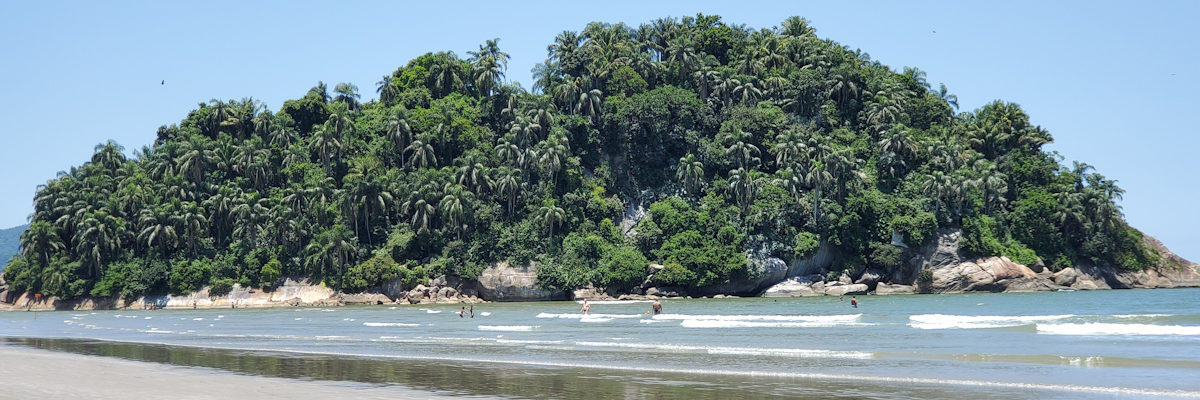
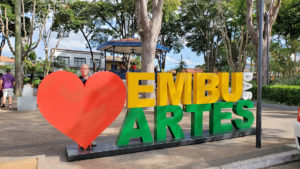
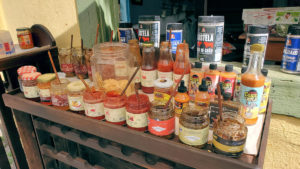
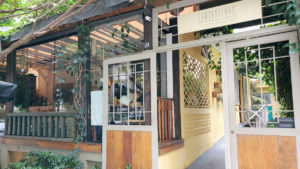
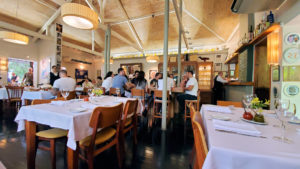
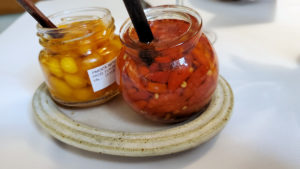
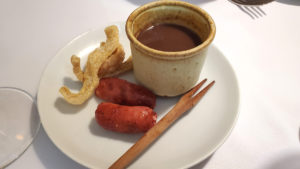
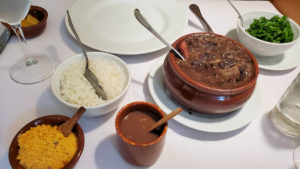
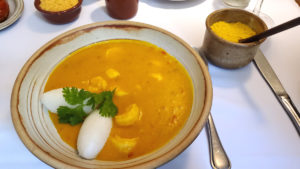
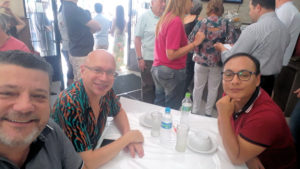
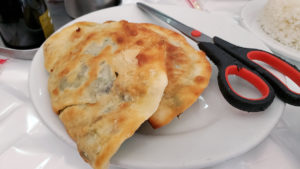
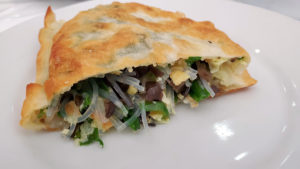
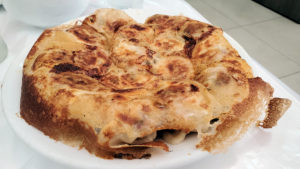
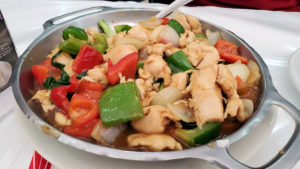
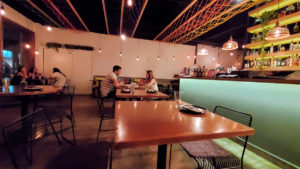
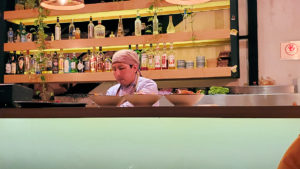
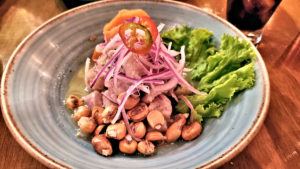
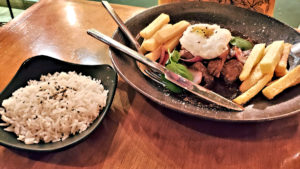
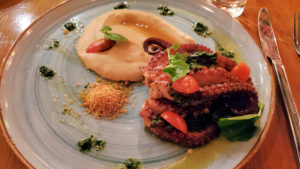
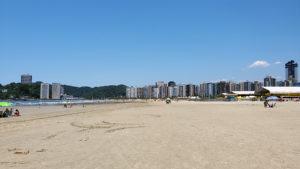
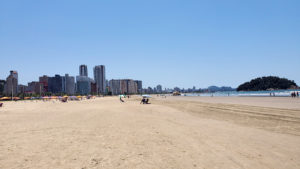
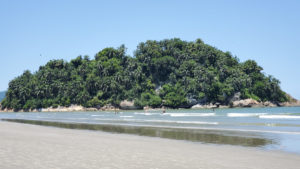
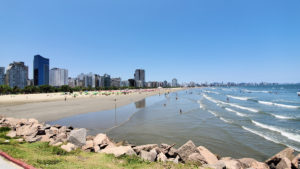
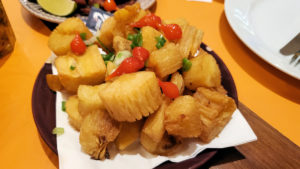
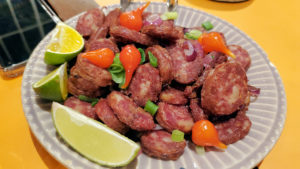
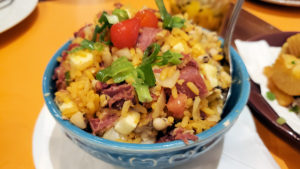
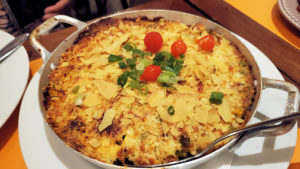
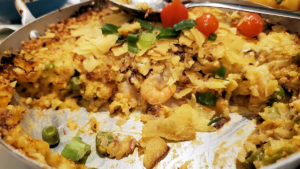
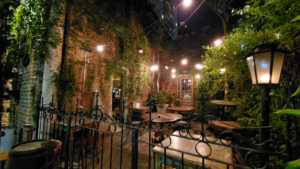
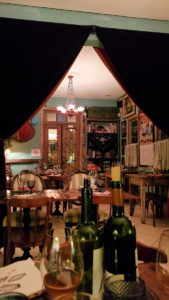
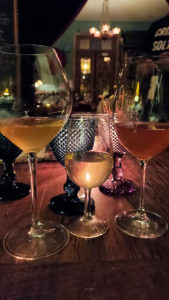
[…] recent Instagram post from that amazing little wine bar we went to on our last visit to São Paulo, Enoteca Saint Van Saint, showcased a new menu item, described simply as “taro gnocchi, cilantro bechamel, nuts and […]
[…] I ended up introducing my companions to three places that Henry and I love, and go back to – Macaxeira Itaim, Academia da Gula, and Tordesilhas. We also tried a place that had been written up as the […]